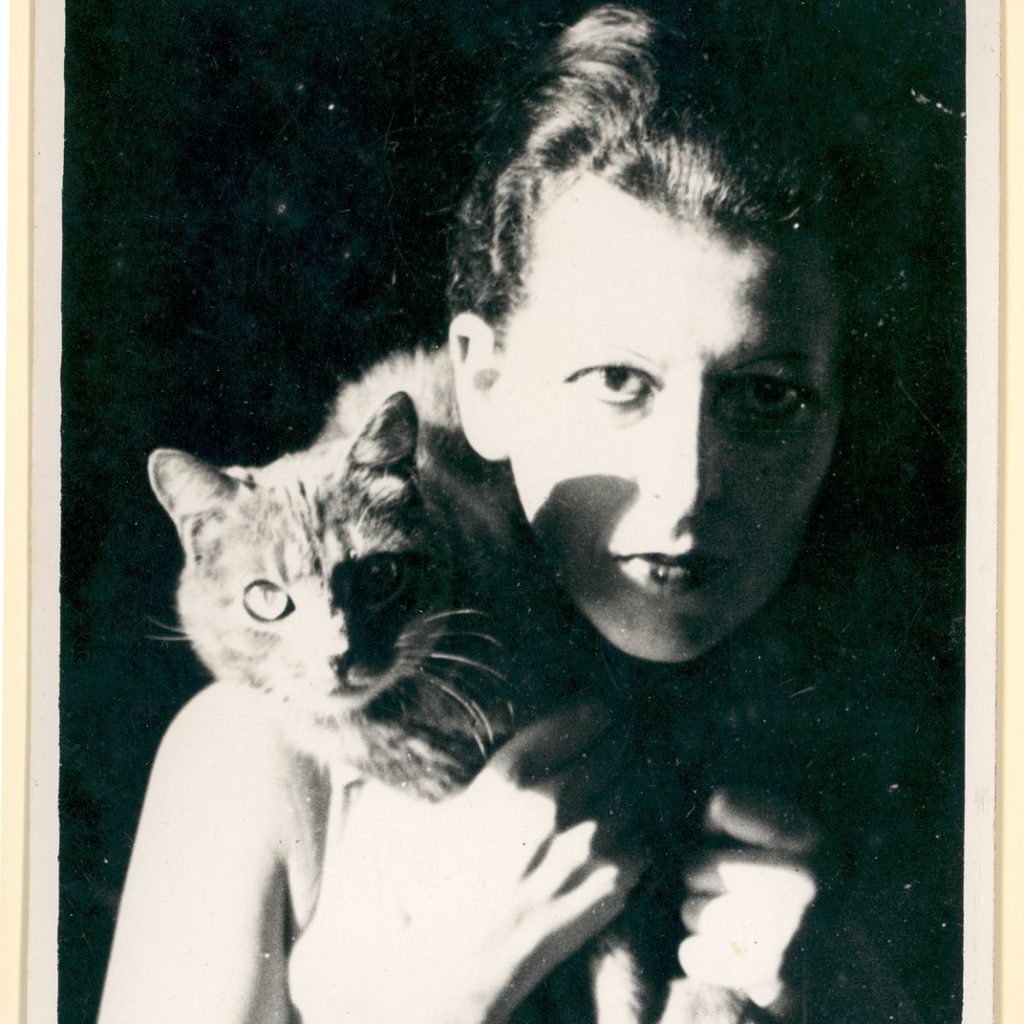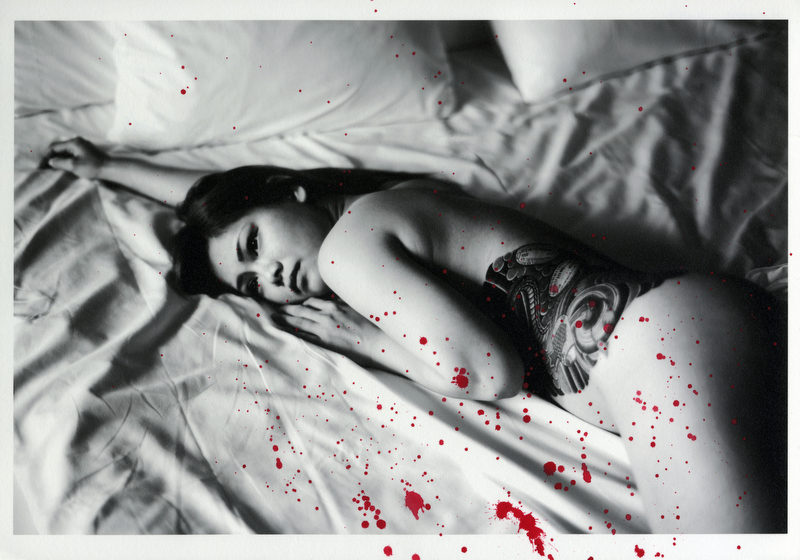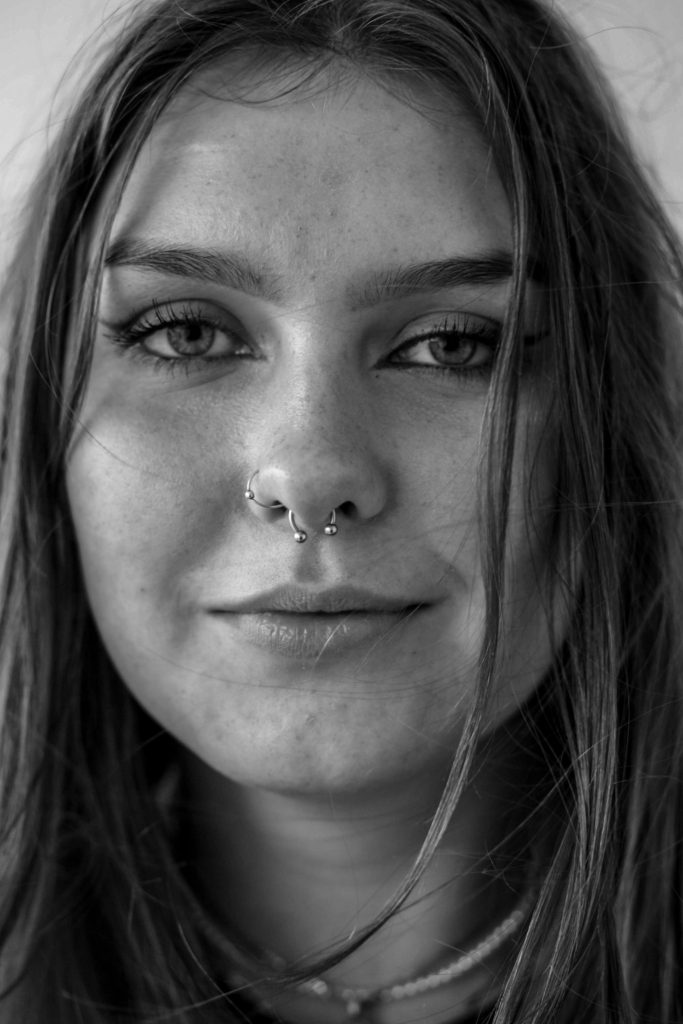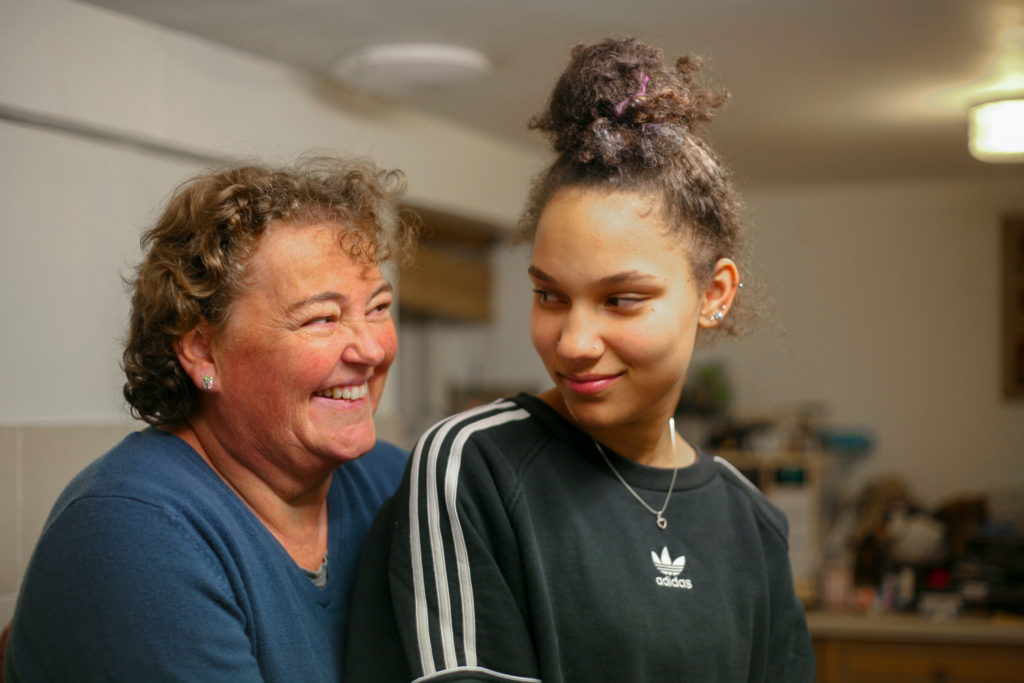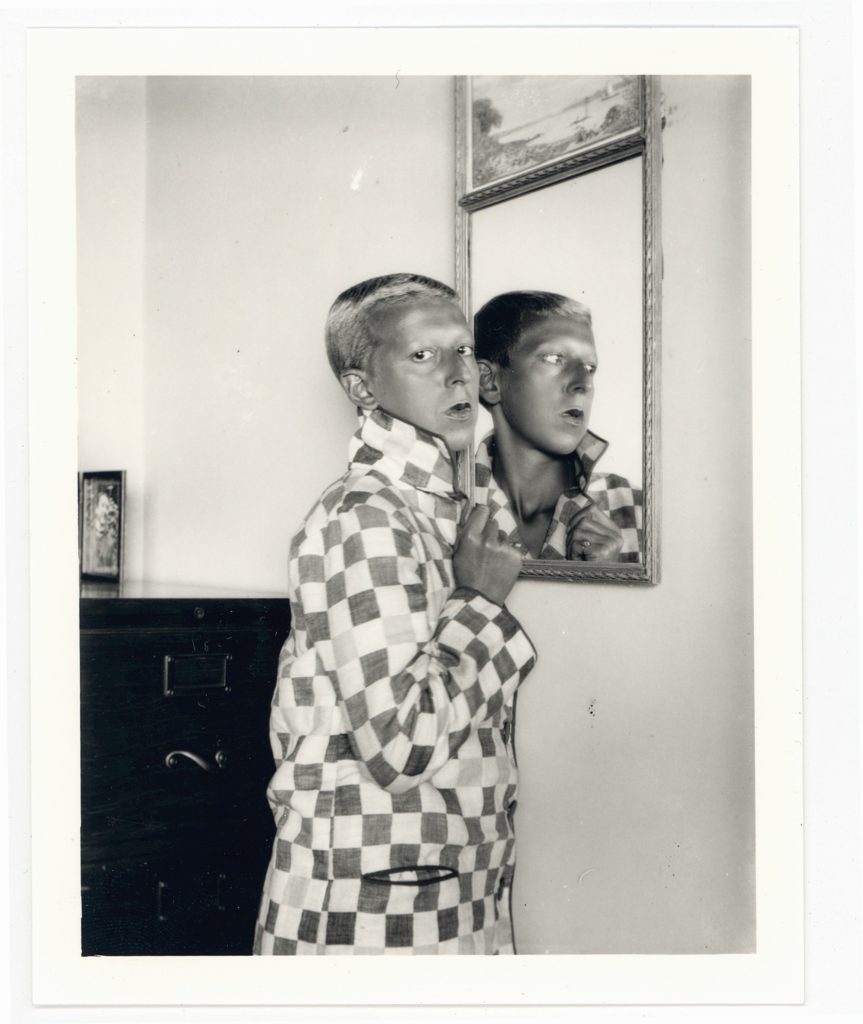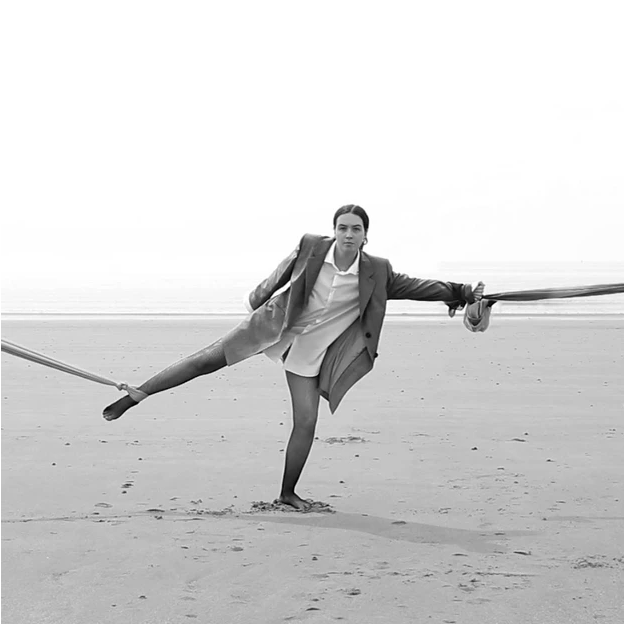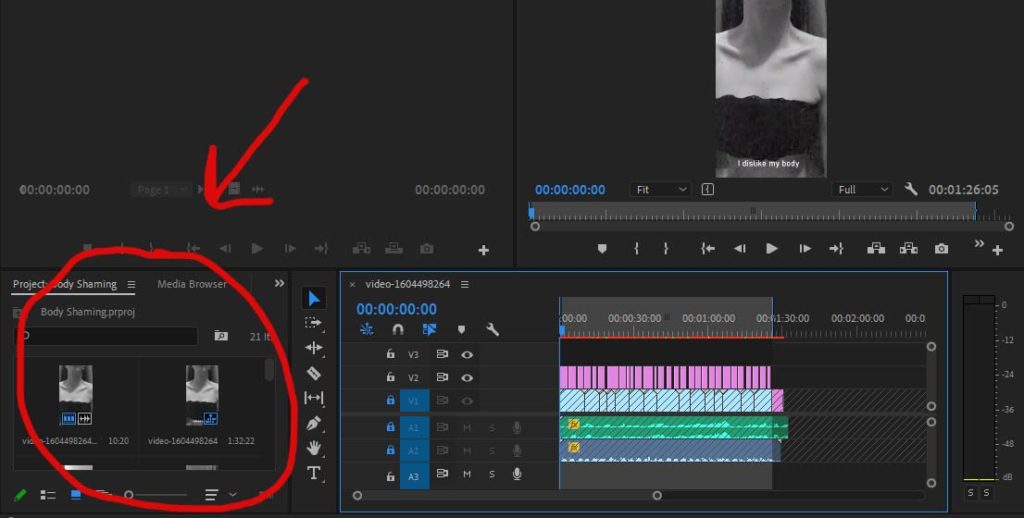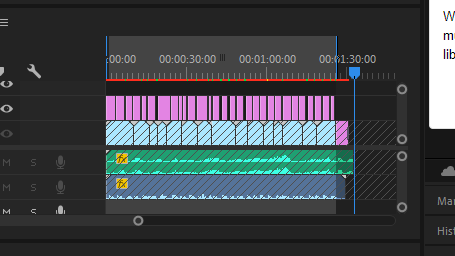Recording: When filming the majority of the film we didn’t have a tripod too steady the camera. We tried our best to keep the camera steady where possible and did moving shoots as well where we panned the camera around the area. We filmed in around 5 different locations some of which include: town in the afternoon and at night, St Peters Woods, our friends house, in the classroom etc. We did this to show different parts of the day that repeated most days which we then turned into a montage/time-lapse. We tried to make sure to get different times of the day to try and make sure the viewer knew that time was passing as well as filming the clock with the news in the background to represent the time in lock down. We thought of smaller details also such as the writing on the white board whilst filming the clock e.g. Karens party on the 12th of March and going to the cinema; this is to show that plans got cancelled due to lockdown. We also used some content from the Guardian to make it more clear what was going on during the lock down. At the start and at the end of our film we filmed my Dad with my dog in the woods and at the end we did it in exactly the same location to represent finally having the freedom to see our friends and family.
When it came to recording the audio we used voice memo on our phones to clearly record parts of the film. When recording the audio we didn’t usually film at the same time as the camera didn’t pick up the audio as clearly as voice memo did. We recorded the video of the Queen off of BBC news to create a dramatic affect during our film as we overlapped her voice over the riots in Italy due to lock down lasting too long; the riots noises included sounds such as screaming, bombs and eeriness, creating a sense of fear. The juxtaposition of this and the birds at the birds peacefully singing at the beginning and the end of the film is meant to represent the silence and the noise. The reason we named our movie Silent Noise was because when people were in lockdown by themselves they would have nothing but silence except for the reminders in their head of what was going on in the world around them and how hectic the world was outside. I also recorded and made a piano sequence to fit with our film and tried to link up chord changes with scenery changes as much as possible.
Editing: Whilst editing I put a lot of small clips together to create a lot of effects and montages. Firstly I cut up my longer videos into shorter ones and put effects such as glitching in between to represent everyday life falling apart. I also faded in certain clips such as the beginning of the film and the beginning of lockdown to represent a change of events. Furthermore, I edited the shadows/saturations/contrast etc to make the film more vibrant and dull the places I wanted it to. I linked the more vibrant shots to the photographer Alex Prager who I mentioned in my film manifesto; he links to my film as he filmed colourful crowds in everyday life, just as I filmed everyday life at school as the more colourful part of the film. On the other hand, Theo McIness relates to the beginning of lockdown as he photographs people in masks and social distancing and edited them to be black and white; my way of linking him was making the sections in between the glitching black and white to show that lockdown was taking over. I also edited the sounds and music to make sure they were the right volume for each scene as certain things became louder, such as the clock, as the film went on. I also edited the videos of the clock as they were originally an hour; I managed to speed up the video to make a time lapse and made the clip around 14 seconds all together.

fading in clips and writing 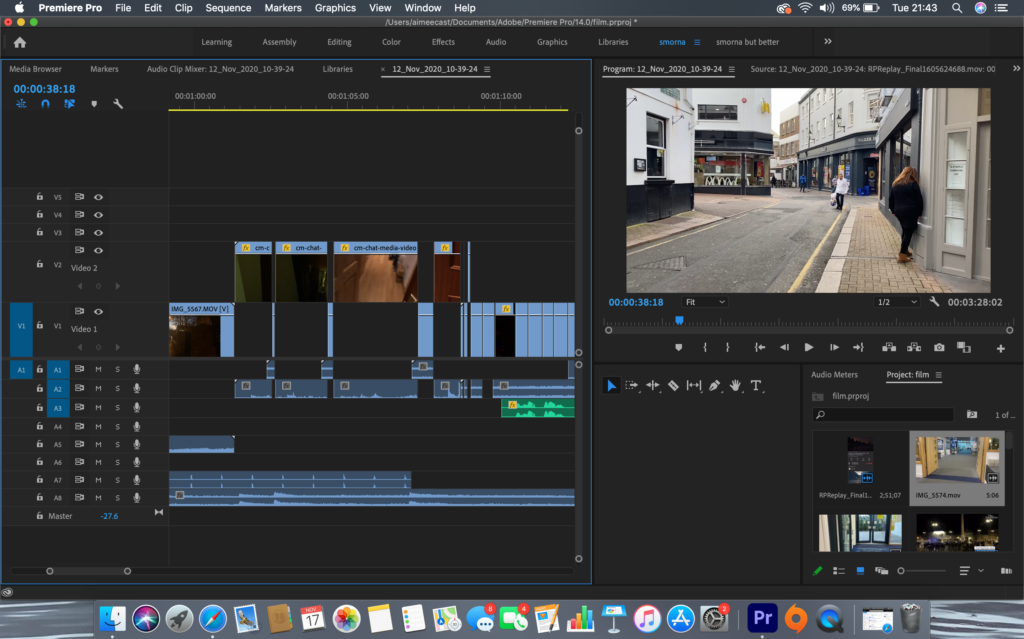
cutting up clips
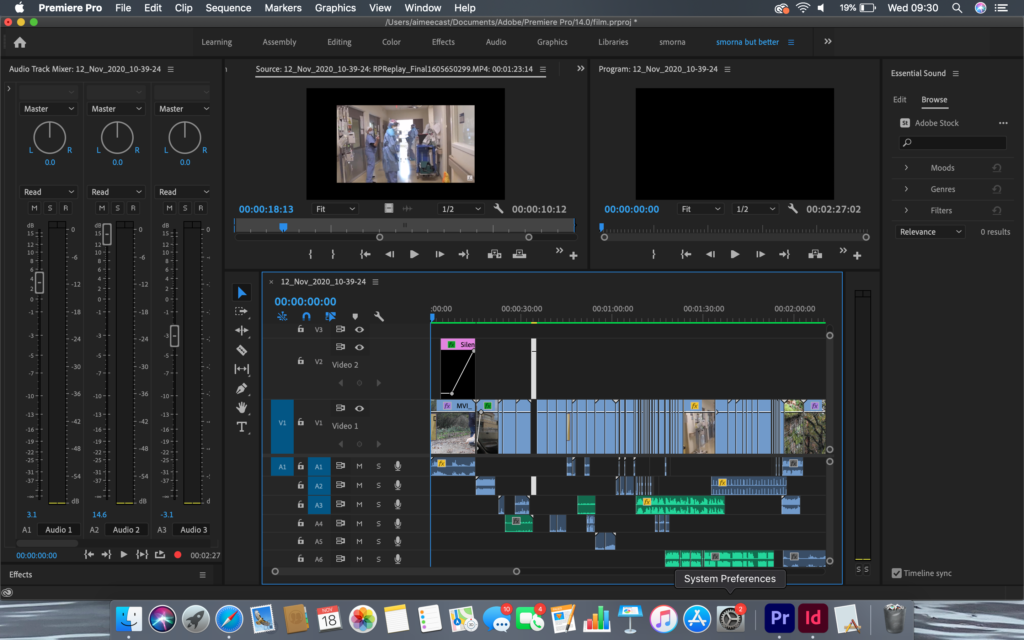
changing volume 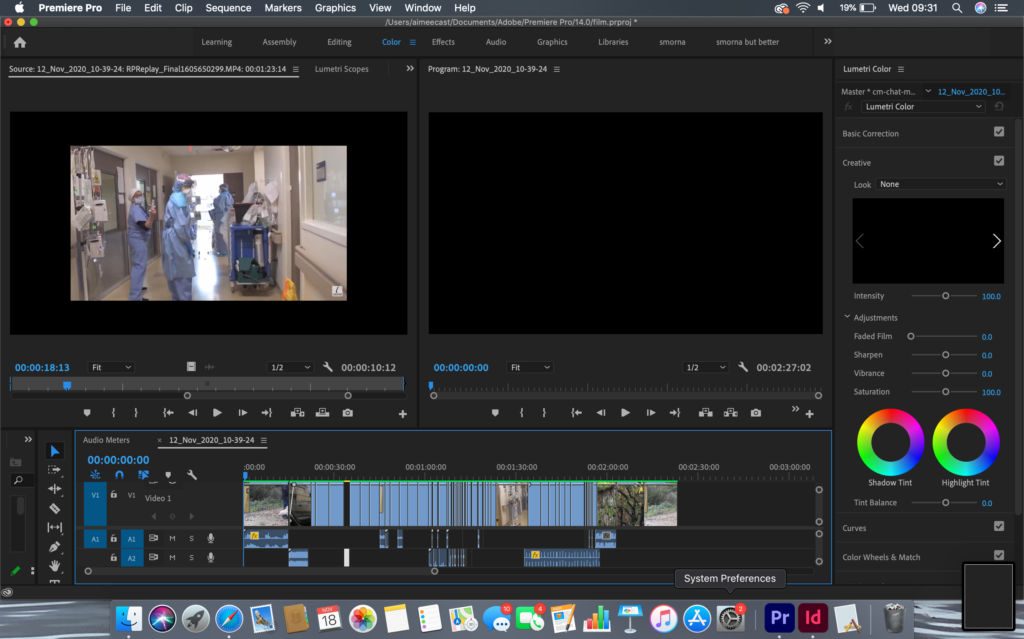
colouring effects
Evaluation: The filming of certain clips could have gone a lot better as the camera was shaky at times but it added top the effect of how something bad was going to happen. Moreover, some shots were blurry although they didn’t appear blurry until using premier due to having to enlarge the video because it didn’t fit the frame properly. Furthermore, another improvement that could’ve been made is the amount of things we filmed for the life before lock down so the narrative was more clear but we ran out of time. We also went over the time limit of 90 seconds as we already tried to cut the movie down as much as possible but still tried to have a clear narrative at the same time.

